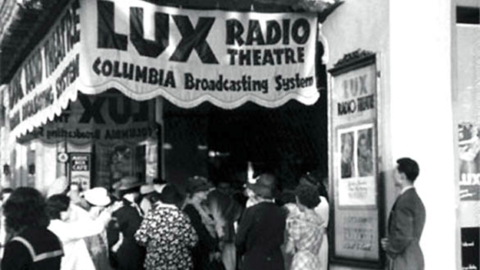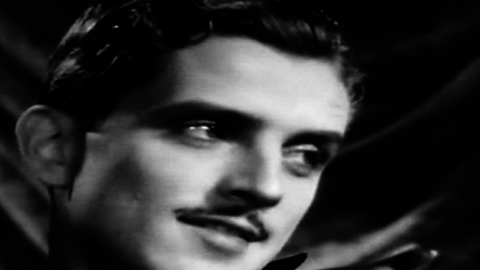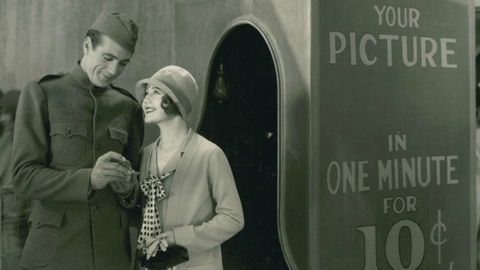Rep Diary: The Letter x 2
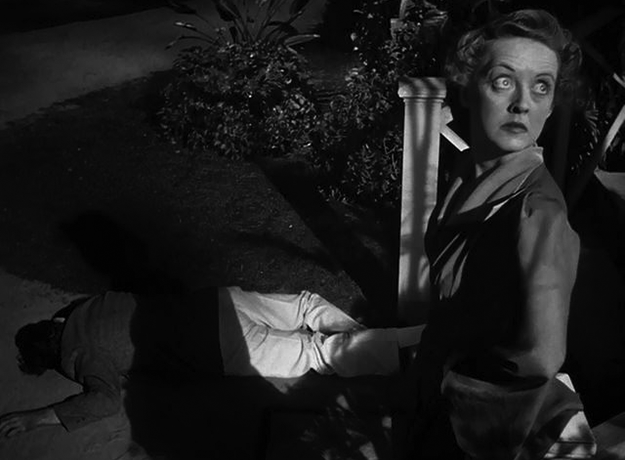
“With all my heart, I still love the man I killed!”
The closing line of W. Somerset Maugham’s The Letter is the moment of truth for Leslie Crosbie, the bored wife of a rubber plant manager in Singapore, who shoots her lover and pleads self-defense. For the scheming Leslie, every utterance is calculated, each pained admission or feint of weakness a study in duplicity—especially once the titular letter to the dead man emerges that throws her testimony into doubt. Even as she takes advantage of her husband’s fortune and his dearly held illusions, she deals him another kind of death blow: she can’t even go on pretending to love the man who sacrificed everything for her freedom.
The Letter is best remembered for William Wyler’s moody, noirish melodrama from 1940, starring Bette Davis at the peak of her histrionic powers. But 11 years earlier it offered stage legend Jeanne Eagels her first and sole surviving sound role, in a feature transposed from Maugham’s 1927 play. (Maugham in turn had adapted his play from a short story based on his time as a spy in the Malay Peninsula.) Comparing the two, you find differences (Wyler begins with the gunfire, removing the character of Leslie’s lover) and curious coincidences (Eagels succumbed to a drug overdose mere months after her film’s release, and James Stephenson, a character actor plucked from obscurity to play Davis’s lawyer in the remake, died from a heart attack the following year, marking two of Hollywood’s supreme what-might’ve-been careers). Appearing in both versions was the urbane Herbert Marshall, as Eagels’s rakish paramour and Davis’s cuckolded husband.*
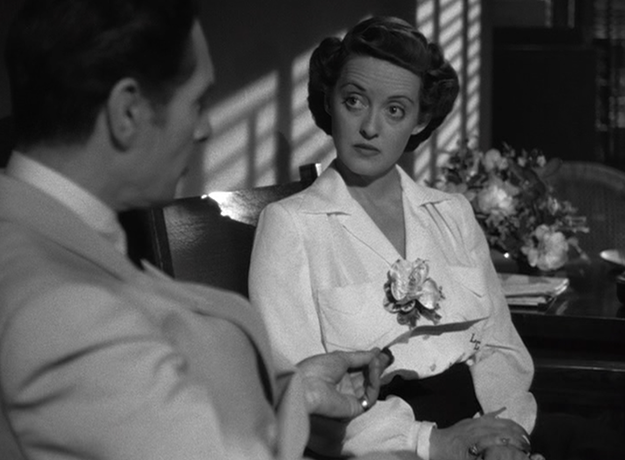
But in any version, one looks to that climactic confession, a kind of Rosetta stone for both Maugham and Leslie in their purest form. Director Wyler insisted that Davis as Leslie regard her husband directly and proclaim allegiance to her dead lover without shame. Davis felt this was too cruel: “I couldn’t conceive of any woman looking into her husband’s eyes and admitting such a thing,” she professed in her memoir, The Lonely Life. “I felt it would come out of her unbeknownst to herself, and therefore she would not be looking at him.” Unable to reach a consensus, Davis stormed off the set—something she’d purportedly never done before—and though she ultimately agreed to play the scene Wyler’s way, she maintained to the end that Leslie should not have been so pitiless.
Davis’s resolve to afford Leslie a sympathetic core is significant in the context of her career. The Letter fell amid a string of grasping, avaricious portrayals in films like Jezebel (38), The Little Foxes (41), In This Our Life (42), Mr. Skeffington (44), and Beyond the Forest (49)—to say nothing of What Ever Happened to Baby Jane? (62). Perhaps never in history—and certainly not in Hollywood’s Golden Age—did an esteemed leading player enjoy a comparable run of on-screen villainy, regardless of Production Code–mandated comeuppances (such as Leslie’s fate in the 1940 Letter). No matter what one feels for the expansive Davis persona (whether she’s too big, or it’s the pictures that got small), there’s no denying her commitment to roles in all their ghoulish extremities. The next year she fought with Wyler to make her plantation matriarch in The Little Foxes even more evil, making a tour de force of the scene where her husband (Marshall again), mid-heart attack, staggers vainly upstairs to fetch his medicine while she looks on impassively. Still and all, she deemed Leslie’s confession beyond the pale.
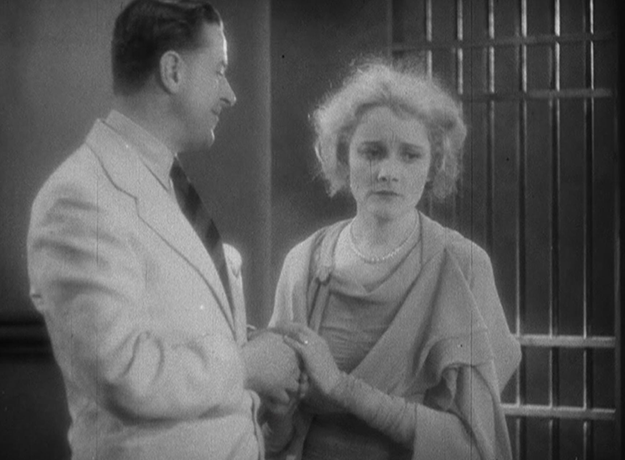
Remarkably, the Davis version is pillow talk next to the corresponding scene from its 1929 predecessor, which was the directorial debut of French actor and sometime-writer Jean de Limur. Eagels, having held herself in check for most of the hour-long runtime (notably in her account of the murder, delivered in a long, measured monologue on the witness stand), lets loose a torrent of rage in the last three minutes. Her transatlantic purr takes on a low, guttural tone as she indicts her husband (Reginald Owen) for driving her into another man’s arms through neglect (“All day long, all night, I had to hear you talk of rubber! Rubber, rubber, rubber!”). Instead of acknowledging the erotomania guiding her actions, Eagels’s Leslie shifts all blame to her husband and the “godforsaken place” in which she’s forced to live. Most acridly of all, she implies she was driven to murder less by her lover’s abandonment than disgust for his new Eurasian mistress (described as a “vile yellow thing,” and terms even stronger than those deployed in the remake, which was produced at the dawn of the Second World War).
But if Leslie is coarser and more intolerant in the 1929 version, so too is her husband. Owen is far less gentle and adoring than Marshall’s turn in the Wyler version, rendering his disenchantment less pathetic. For her part, Eagels, aged 39 and showing the ravages of addiction, seems less his vibrant young prize than an Albee-esque sparring partner. The two snarl viciously at one another, and while being pre-Code allowed the film to spare her any physical harm, the implication (as was often the case in its suggestive era) was that Leslie would occupy a greater hell than her counterpart would find on the end of her rival’s dagger. With no money to send her away, she would remain her husband’s prisoner on the secluded rubber estate. Eagels’s culminating oath consigns to the dead man her soul as well as her heart. It is clear in this version that she has lost them both in a hail of bullets and pride—and that Leslie’s heart has more chambers than even the formidable Davis can chart.
* Those of us weaned on TCM cannot invoke Maugham without calling to mind Marshall’s sturdy countenance and resonant voice: he played the writer under a pseudonym in The Moon and Sixpence (42) and by name in The Razor’s Edge (46).
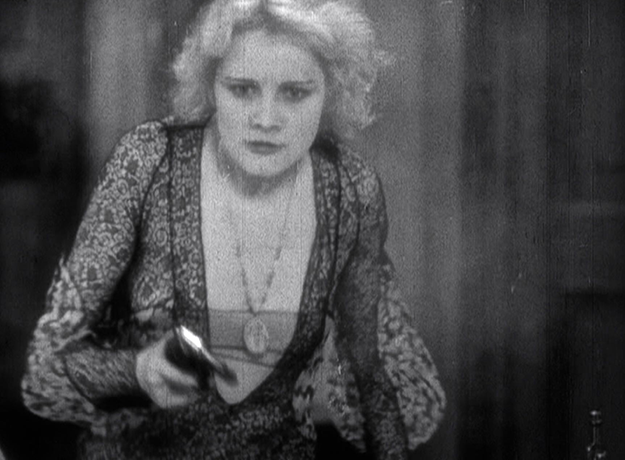
Both versions of The Letter are showing February 11 on Turner Classic Movies.
Steven Mears received his MA in film from Columbia University, where he wrote a thesis on depictions of old age in American cinema.



